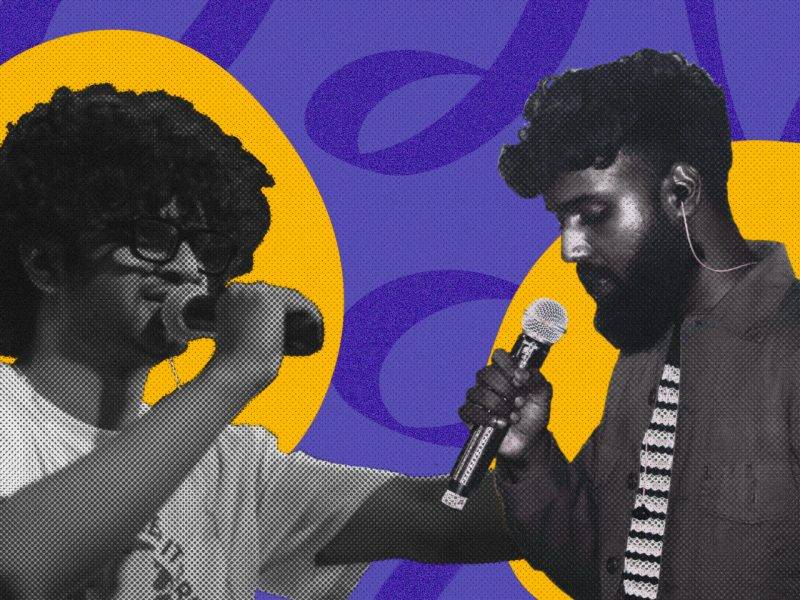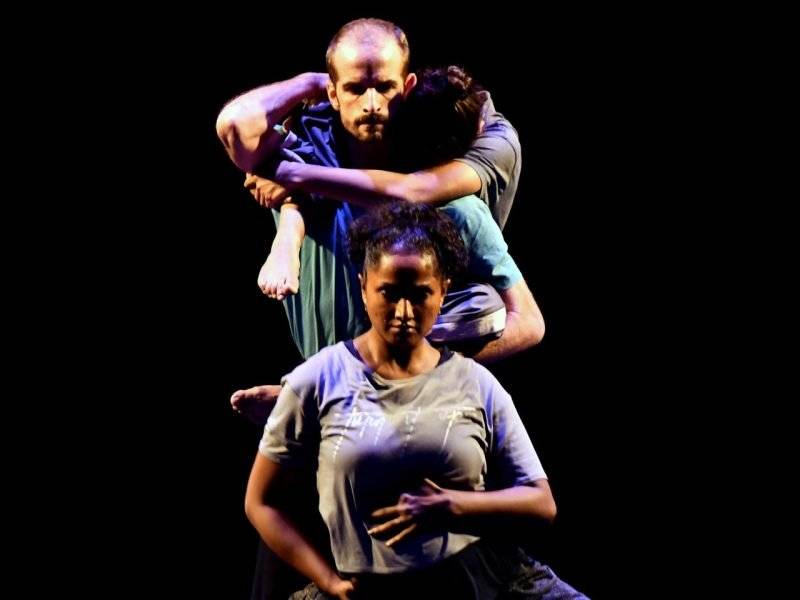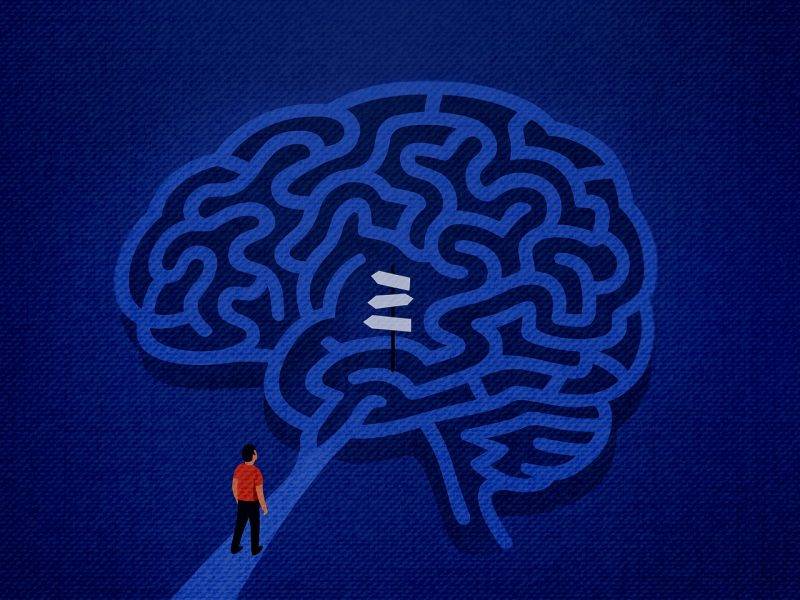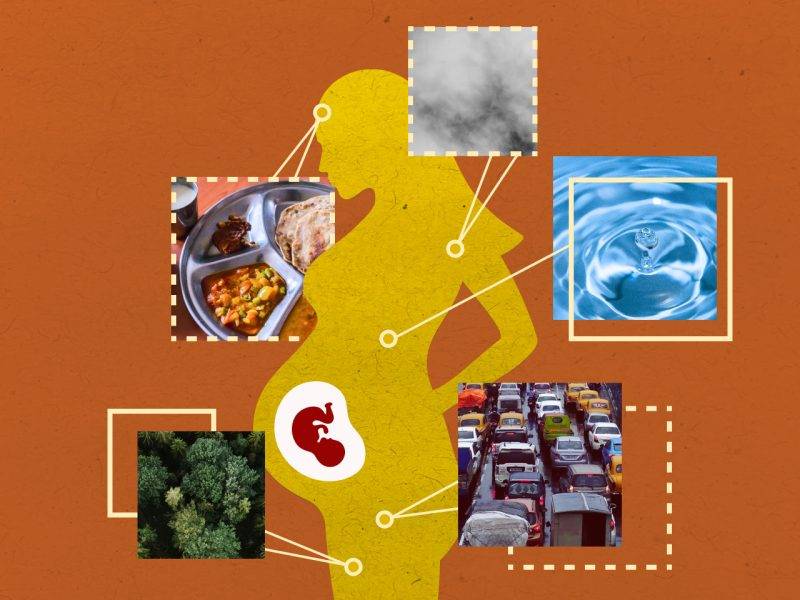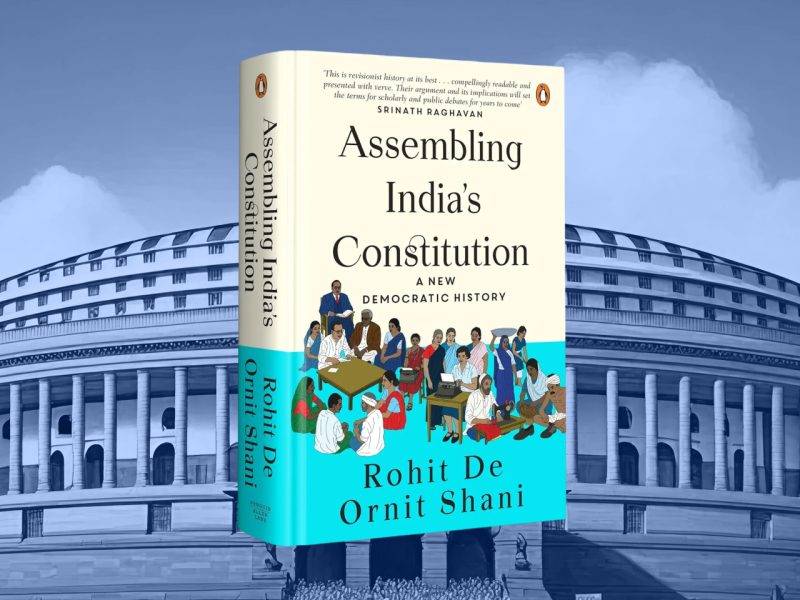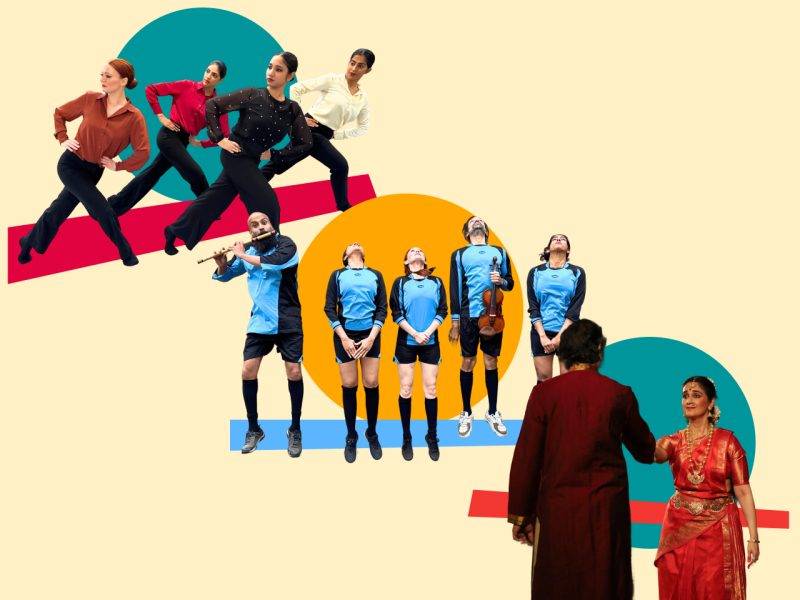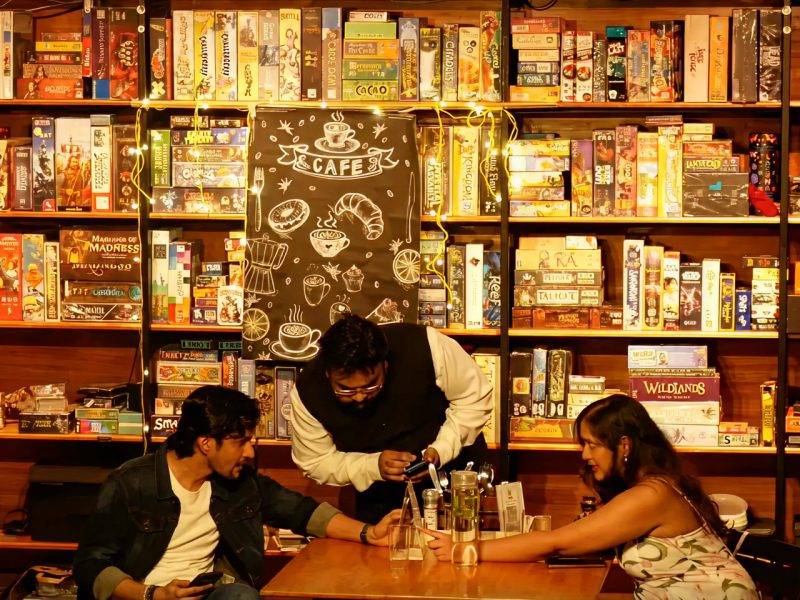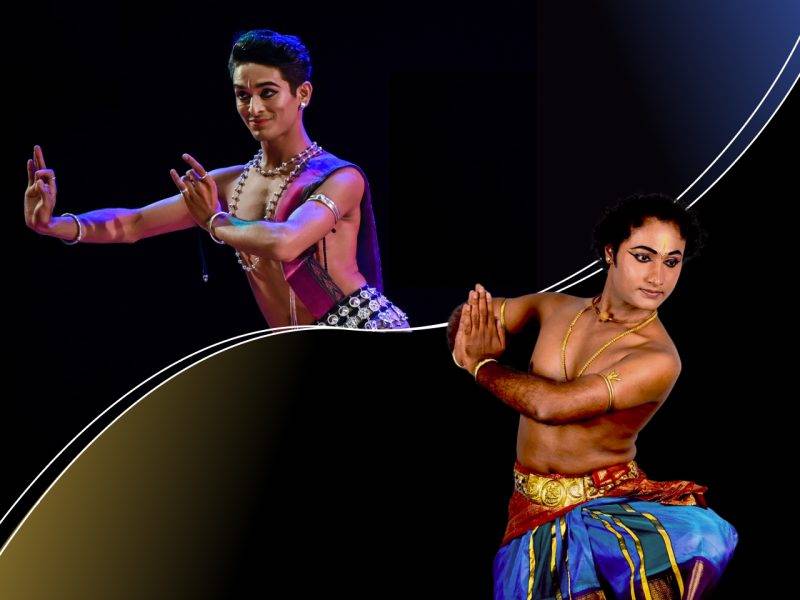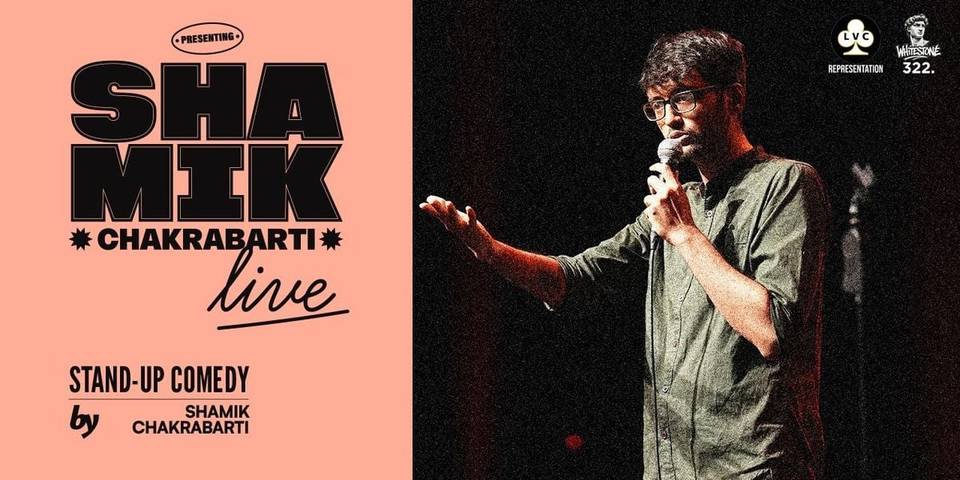Kannaadi - A Quartet of Bharatanatyam Compositions
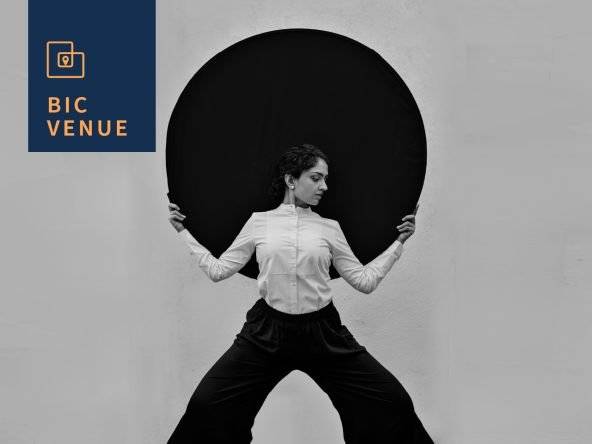
Details
Sep 21 2023 to Sep 21 2023 7 p.m.
EVENT HAS ENDED
Where
Bangalore International Centre
7 4th Main Rd, Stage 2, Domlur 560071
Event Description
Kannaadi is an evening of looking at personal stories, law, politics and performance. It is an anthology of new works that investigates the relationship between what we perform in classical dance and what is happening around us. The performance combines the artist’s legal education and training in classical dance and is inspired by both these experiences. The choreography will explore texts and poetry popularly used in Indian classical dance and their relevance to the contemporary lives of the performer.
Through these subversive works, Priyanka will attempt to question the practice and pedagogy of her form while situating her performance in the present political context and critically looking at her own lived experiences.
What is a ‘margam’, should we still follow it? Why and how do we dance in our own universe? Should we look around? What does it take to pause, to break? Why only Krishna? Who is ordinary and who is special? How are children coping with our binary World? Can women own their stories? Can we claim our space and resist the regime? Are we a Sita or a Surpanaka? How important is it to speak the history of the form we practice? Can we trace our own histories through it? How do we deal with the violence of the past? How do we cope with the present? How do we now create a future?
This performance is a compilation of four short compositions. The description of each is as follows:
Talk to the Hand
This piece saw its inception during the pandemic when an opportunity to ‘perform’ emerged midst the many things that were happening around us. The piece explores what it means to be an artist in the World we inhabit today. It uses the eyes and the gaze as a tool to describe the self-absorbed and highly stimulated human condition. Nothing but us, our choices and our feelings are visible to us. Questioning the pace of our present functions; and curious about the what it means to pause, the choreography discusses the construction of performance as a parallel of life itself. What is art and what is life? What is the purpose of art; is to escape reality or face it? Can we look at each other and listen? Is the exchange real and can it be made visible during performance? Can the audience and performer jointly experience art? Could breaking the performance, looking, listening, pausing, resting be resistance?
The Boy Who Lived
This piece is a devotional song (deveranama) in Kannada, written by famous poet Purandara Dasa called jagadhodharana. In Bharathanatyam, the god child Krishna seems to represent all childhood and children. One wonders- what about the ‘other’ children? The choreography subverts the text to question this idea of visible and invisible children. The same stories of Krishana are choreographed to be presented from the eyes of the ‘other’ child, maybe Krishna’s friend. How did children make sense of Krishna and his godly adventures? Were they friends with him at all? Delving into the childhood stories and politics among friends, recounting the artist’s own experiences, the performance hopes to take the audience on a reflective journey to their own childhood, to recollect their actions and identities; were we the ‘ordinary’ or the ‘exceptional’? The piece also tries to point at the roots of the binary world we create through these singular ideals of excellence, and potential when we raise our children in such blacks and whites.
The Land of Sitas
With an expression of disgust and disappointment the dance teacher said to her student for breaking up with her abusive boyfriend- We are a land of Sitas ! What do we mean when we say – ‘land of Sita’ or ‘land of Surpanaka’?. How do women become associated with the land for pride and shame? How do women shoulder this identity of the nation or people and what price do they pay? In the popular epic Ramayana too, Sita is symbolic of the land and born from it. It is ironical that we stood witness to long and almost absurd land dispute for building of the Ayodhya temple which of course stands settled as of today.
The performance uses some facts of the Ayodhya judgement and weaves an imaginary conversation between Hanuman and Sita. It allows Sita to be angry and question. It allows her the space to say her story and the agency to make a decision. The performance travels between myth, history, fact, fiction, past, present and future to show the violence propagated in the name of Ram and imagines Sita as a symbol of resistance.
Suo Moto
Today, it is frequently pointed out that – it is not our story to tell. Identity politics have opened and shut mouths with vigour, and rightly so. This piece discusses the interconnectedness and tangled mess of histories that we carry on our bodies. It is in many ways aptly titled to describe the relationship of a lawyer and classical dancer of privileged caste and class background, with Bharathanatyam.
Suo Moto is Latin legal maxim means – on its own motion. The history of Bharathanatyam is ridden with violence and erasure of the bodies of many women hereditary practioners of the form. They were marginalized and oppressed by the laws passed by the British which were supported by the upper castes and classes at the time. The form was cleansed and grafted onto brahmin women bodies thereafter. The piece traces the history of the form with the text of the Devadasi Abolition Act,1947. Alongside, it narrates the history of how the form was received by the performer. How this dance influences the dancing body; constructs the choices and identity of the ‘dancer’; how it influences relationships with friends, boyfriends, girlfriends, mothers and changes the conversations on the dinner table. It decides for the dancer who she marries, why she marries and who she rejects. The performance intends to critically examine histories of our bodies and how we tell them. Who is visible and who did they make invisible? How do attempts of making visible again look like? Whose stories can we tell and what are the problems with that story telling? It examines the trickle-down effect of this problematic history on the contemporary dancing body and life. The performance asserts that we all are affected and changed forever by an act of cruelty and violence; surely with a difference in intensity and experience, but we are all in it as oppressors and as the oppressed.
